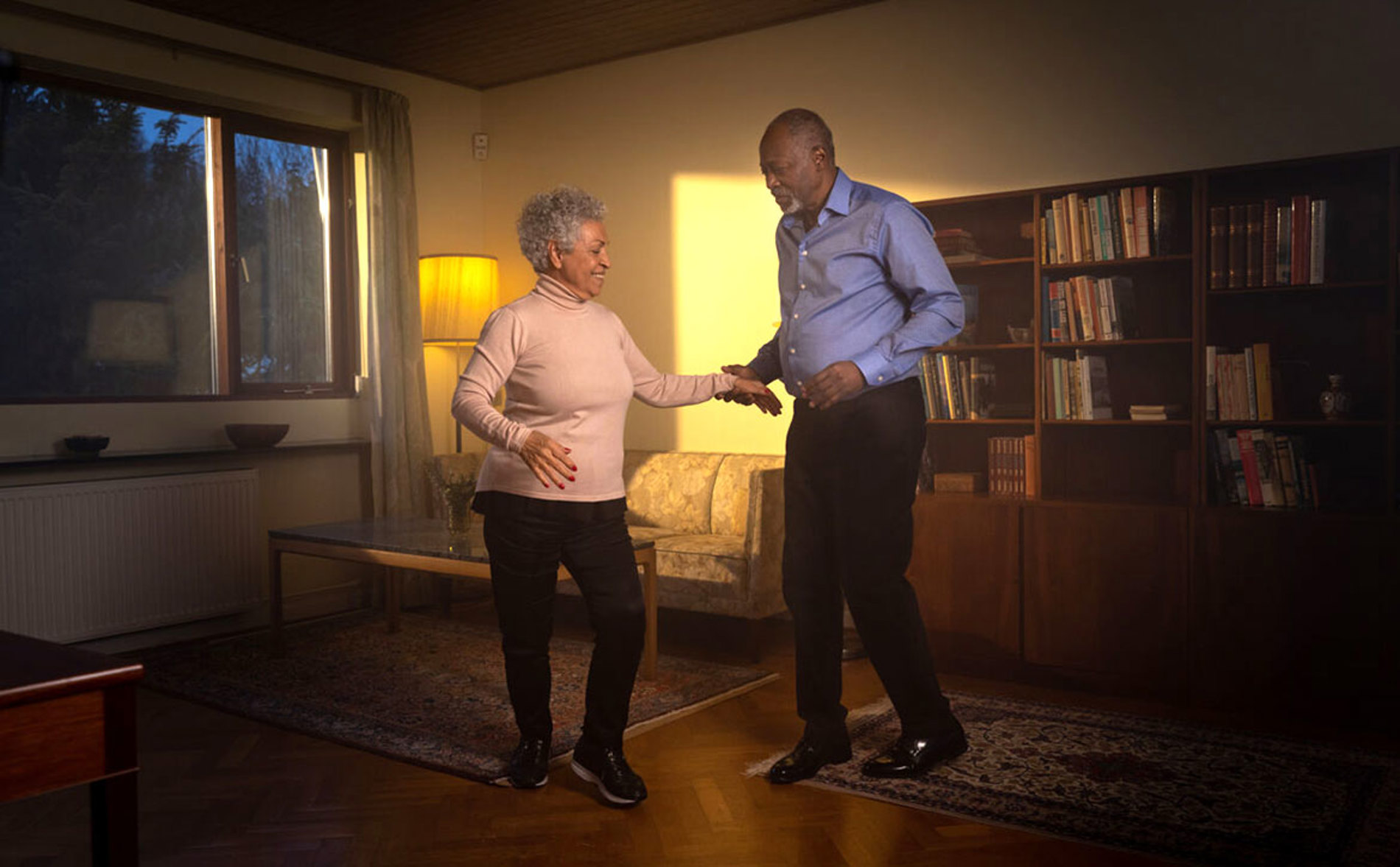Empowering movement: Mobility matters
Mobility is defined as the ability to move in one’s environment with ease and without restrictions.1

Our body is designed for motion with the help of our muscles and bones. As we age, wear and tear on those muscles and bones can directly impact our health and lifestyle. Any restrictions on movement can take a toll on every major anatomical system.
Physical health is important for maintaining a patient’s day-to-day activities so they can achieve functional independence and also to prevent dependent disabilities. But what if activities have been impacted by unavoidable circumstances that limit mobility or even put patients at risk for physical immobility? Time is crucial in restoring functional independence, especially in regaining physical strength and mobility. Lack of mobility impacts the patient psychologically, emotionally, spiritually and physically. It can lead to complex health care problems that involve multiple team members.
According to the World Health Organization (WHO), “Patient safety is fundamental to delivering quality essential health services. Indeed, there is a clear consensus that quality health services across the world should be effective, safe and people-centered. In addition, to realize the benefits of quality health care, health services must be timely, equitable, integrated and efficient.”2
The benefits of mobility include:3
- Greater joint range of motion and freedom of movement
- Improved circulation
- Decreased risk of injury
- Reduced muscle tension and soreness
- Improved posture
- Improved movement efficiency
The Banner Mobility Assessment Tool (BMAT) helps assess patient mobility. It is a process for determining how much a patient can move, what equipment or aids will be necessary for completing daily tasks, such as walking or toileting, and how much caregiver support is needed if the patient has limitations. Safe patient handling equipment such as lifts, walkers and slings are readily available in a health care setting, but are not consistently used by clinical staff for various reasons. For example, nursing staff may not use the equipment because it is locked in a room or because they do not know how to use it.
When thinking about mobility, we must consider solutions in terms of safety, effectiveness, efficiency and convenience that deliver quality health services to patients, caregivers, and their families.
Learn more about Arjo’s patient handling and mobility solutions or contact your local Sales Representative.
References:
- Miller-Keane Encyclopedia & Dictionary of Medicine, Nursing & Allied Health. 7th ed. 2003.
- World Health Organization. Patient Safety. Key Facts. https://www.who.int/news-room/fact-sheets/detail/patient-safety
- Rushcutters Health. Mobility and Performance. https://rushcuttershealth.com.au/mobility-and-performance/